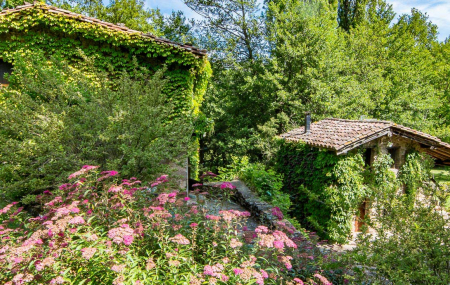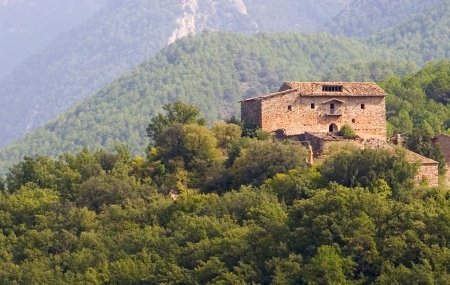Montseny: a natural treasure
Located close to the coast, halfway between Barcelona and Girona town, the Montseny Natural Park is a superb oasis for those seeking a stimulating outdoor setting with easy access, without having to venture into the Pyrenees.
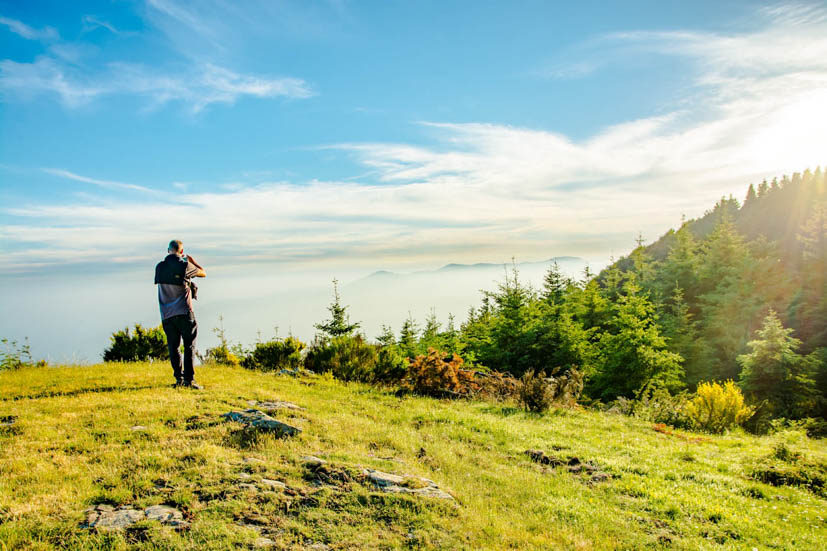
The place where hiking is said to have first started in the country; it is one of the most special areas of north-east Spain without a doubt. But why?
What makes it so noteworthy is its unique biosphere, with very differing climates and landscapes. The east of the park, at an altitude of about 200m, has a mostly Mediterranean climate which slowly changes to a Cold Mountain environment towards its highest points. Rivers and cliffs carve out sharp changes in the terrain, drastically reshaping the landscape and altitude within only some hundred meters. Naturally, flora and fauna are as diverse as you would expect, and incredibly rich (the critically endangered Montseny Brook newt is only found in this area).
It is therefore no surprise that UNESCO decided to add it to the World Network of Biosphere Reserves in 1978.
Throughout the park you will find very healthy Mediterranean oak and pine forests, and yet also, an impressive alpine feel to the mountain area.
Water is tremendously abundant as well, being one of the richest aquifers in Europe. The thickly forested mountain range emanates life thanks to its rivers and countless streams. Once you venture inside, the scene of flowing water feeding the profuse vegetation is simply stunning.
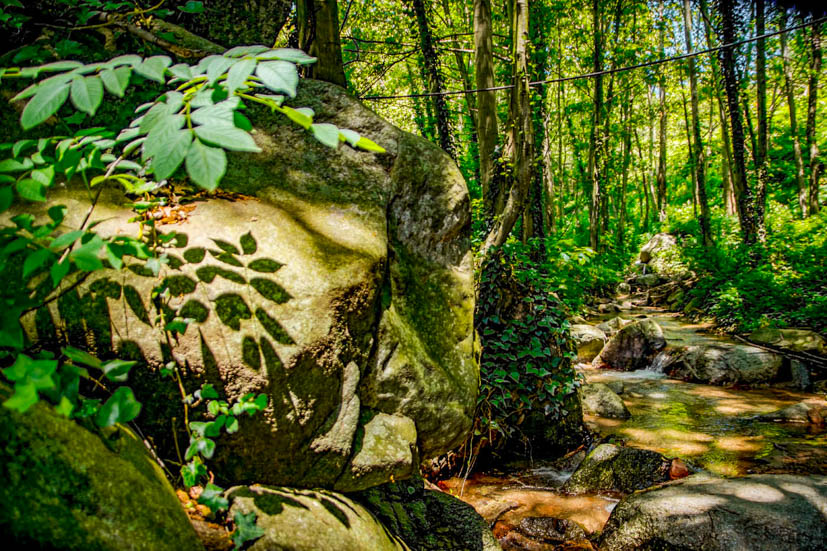
There is a road that leads you deep into the massif of high mountains where you will come across the occasional settlement. Humans have been penetrating the park since prehistoric times, so archaeological remains from different civilizations can still be found, from Ancient Roman remnants, all the way to modernist mansions in La Garriga (a 19th century holiday town for rich Barcelona residents).
Curiosity: the name of this park comes from "Mont Signus" in Latin, literally meaning "mount signal". It is said that Montseny was used historically as a reference point for people in nearby locations due to its very recognizable landscape, or otherwise as a viewing point to control the land and sea.
Getting there
Arriving by car is the best option, as you will be able to penetrate well into the park and reach its higher parts. There is access from the AP-7 (Barcelona highway), and also from the following roads: C-17, C-25 and C-35.
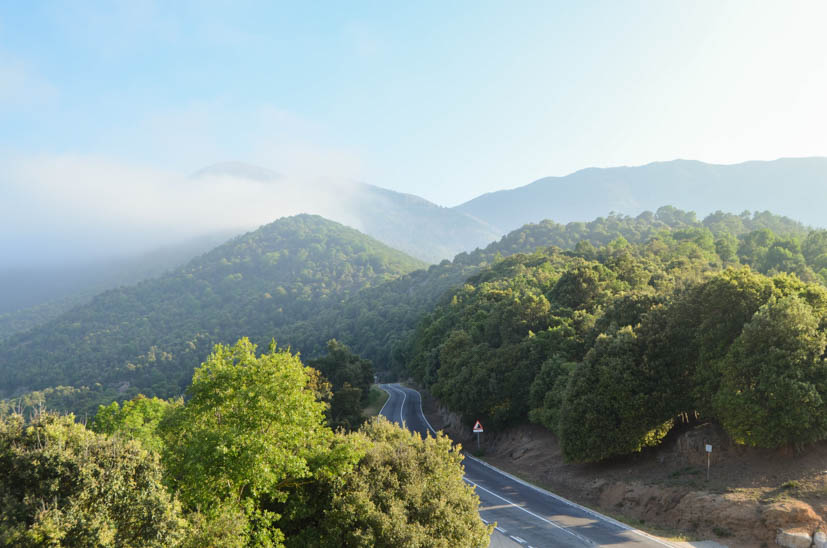
If you are coming by public transport, trains stop at several stations that have access to the park, and buses are also available. Combined train + Park Bus tickets can be purchased as well.
Before your visit
A good starting point is the Can Casades Information Center which is quite impressive in itself: an old twentieth century summer house fully restored in 1987. Visitors wishing to get some general information about the services and facilities available at the park are welcome, while they also offer temporary exhibitions and audiovisual projections.
People with disability can benefit from dossiers for adapted routes and free rental of special equipment, such as handbikes, joëlettes, tandems, etc.
Opening times: 10am – 2pm and 3pm – 4:30pm. Open all year round, except 25 Dec & 1 Jan.
Languages: Spanish, Catalan, and usually English too
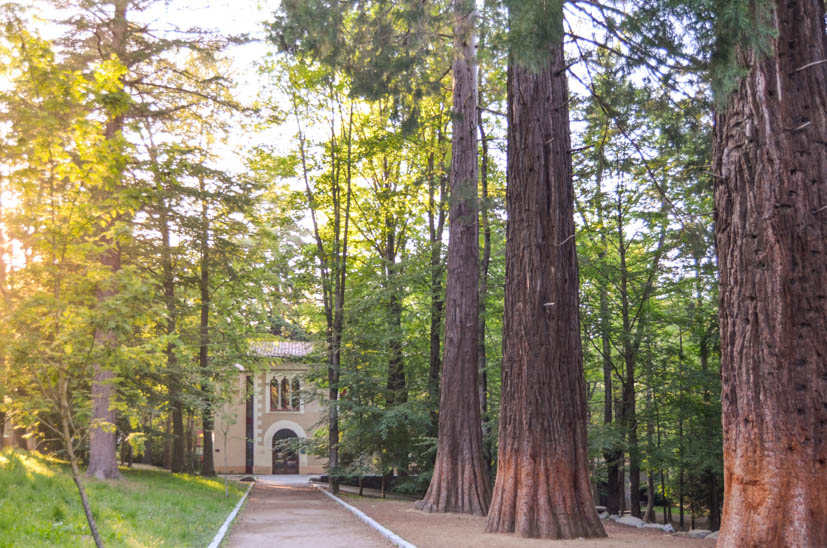
What to Do
Walks
Walkers are spoilt for choice here, with hiking trails galore and leisure areas. Most trails are signposted and many are circular, a lot of which are exciting without being too strenuous.
There are a few peaks that have particularly unforgettable views, although you’ll find the natural beauty of Montseny everywhere you go, even if you don’t enter the National Park itself. It is definitely best enjoyed on foot.
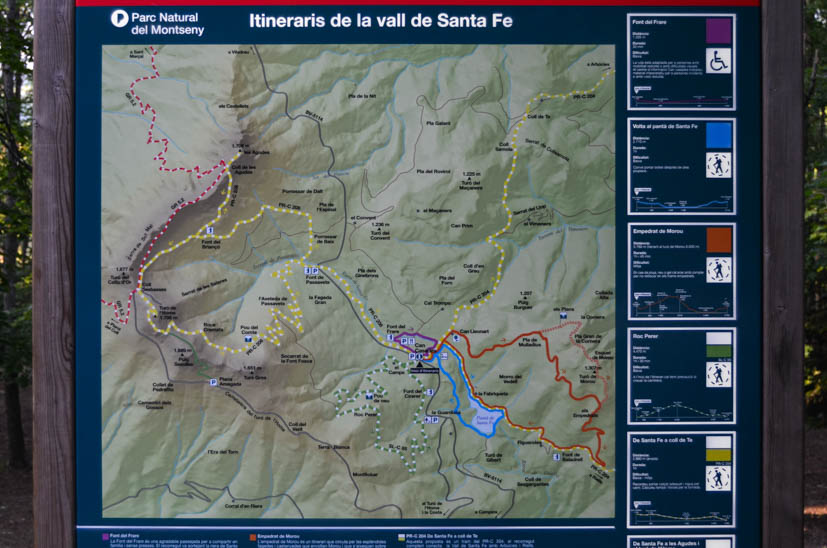
Here are two sample walks for all ages we think you’ll like:
-
The Rusiñol river walk in Arbúcies, following the route named after artist Santiago Rusiñol, who painted the village and its setting in the 1920s.
-
The Santa Maria de Lliors walk takes you through the Lliors valley deep into Montseny as far as the Romanic church at Santa Maria de Lliors.
For a little more of adventure, we propose climbing to some of the peaks; on your way you will encounter some truly beautiful natural, historical and cultural heritage:
-
To the Agudes peak (1706m) from the Passavets fountain.
-
To the Matagalls peak (1697m) from Coll de Bordoriol.
-
El Turó de l'Home peak (1712m)
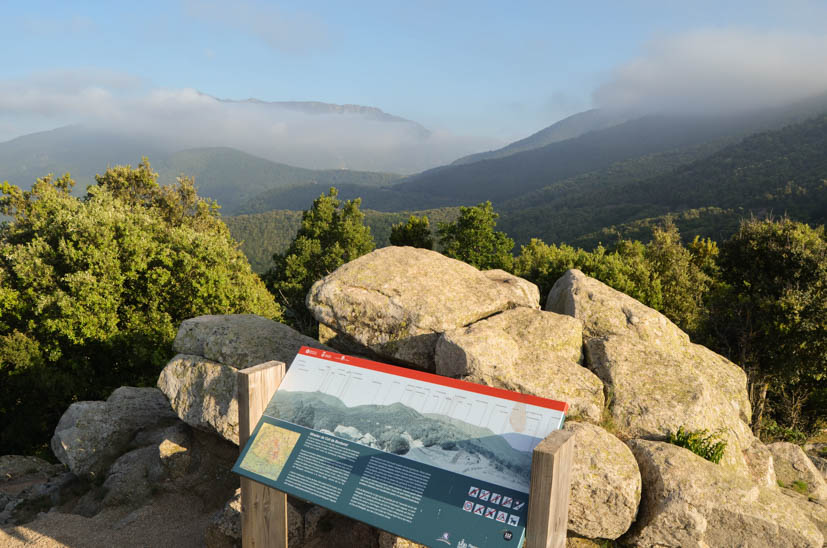
Visit an abandoned airplane in the middle of the forest
This amazing circular route begins in the Santa Fe del Montseny car park and continues along the road that borders the Santa Fe reservoir. The path is signposted and crosses the dam in the direction of Riells to the Fuente de Cortes house. At about 200 meters from this farmhouse you will find the remains of the plane in the middle of the holm oak forest.
Distance: 9.52km Duration: 3 hours Difficulty: Easy
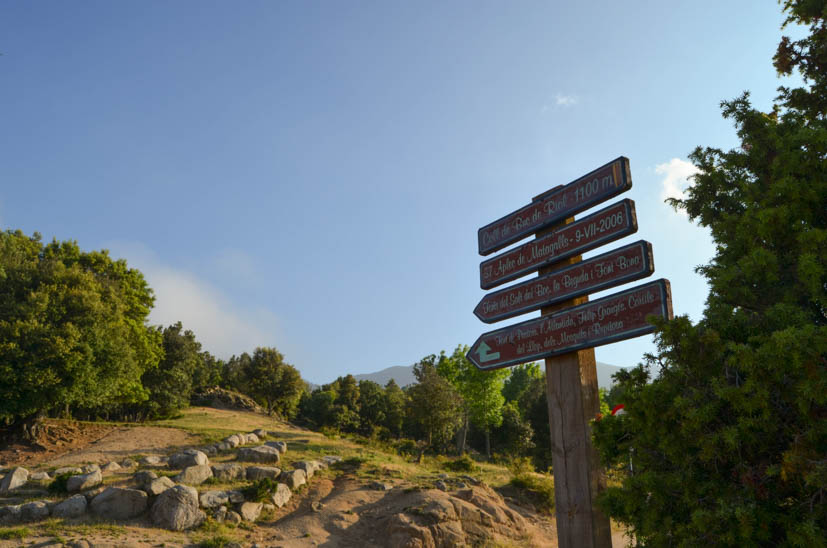
Take a picnic in nature
Fancy a bonding family picnic in the forest, very close to nature? The park has 5 different picnic areas to choose from, each with several stone or wooden tables to sit at:
Can Casades: 41°46'24.4"N 2°27'48.5"E
Guardiola: 41°46'07.2"N 2°27'52.1"E
Feuxes del Vilar: 41°45'26.0"N 2°25'14.9"E
Plana de Coll: 41°45'26.3"N 2°25'33.9"E
Font Fresca: 41°47'16.1"N 2°15'27.9"E
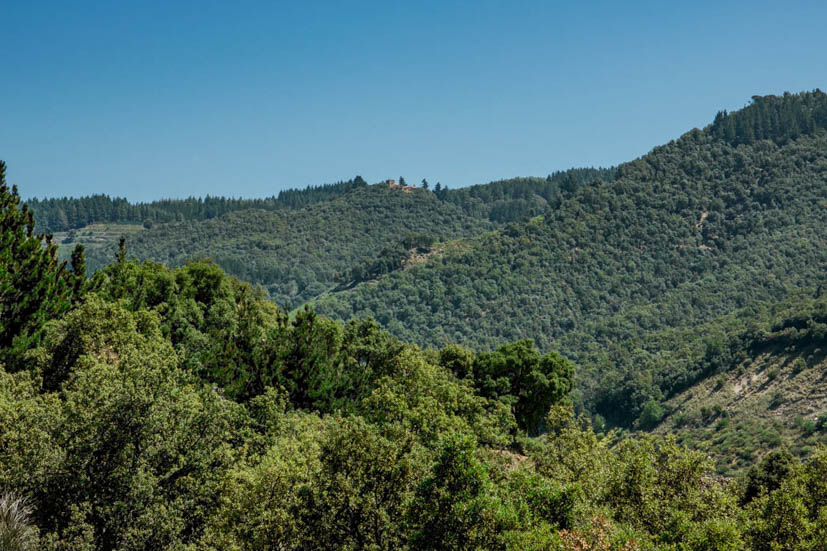
La Selva de l'Aventura Park
If travelling with kids, a visit to this jungle activity park is a good idea for some guaranteed fun. Would-be Tarzans and Janes will find more than 60 activities to choose from, such as zip lines, monkey bridges, tunnels, swing ropes and ladder nets. Adults are also more than welcome to join in!
Location: 41°51'20.8"N 2°26'21.9"E
Shop in an open-air market
Food stalls open every day of the week, in different locations throughout the area:
Monday: Cardedeu
Tuesday: Vic and Hostalric
Wednesday: Sant Celoni and Taradell
Thursday: Granollers and Viladrau
Friday: Llinars del Vallès and Tona
Saturday: Santa Maria de Palautordera, la Garriga, Vic, Riells i Viabrea, Sant Pere de Vilamajor and Balenyà
Sunday: Sant Antoni de Vilamajor, Sant Hilari Sacalm, Breda, Arbúcies and Centelles.
Rustical Tips:
-
If you want to explore further than just the easier trails, we suggest buying a hiking map at the information centre which will show you all the different routes available (free maps only include easy accessible routes).
-
You can feel some changes in temperature because of the different altitudes and climate variations. Bring a light jacket for shady areas or for when the sun goes down.
-
During off season many restaurants only serve food at day time (meals) but not dinners. On weekends and in July and August you´ll find more restaurants serving food.



